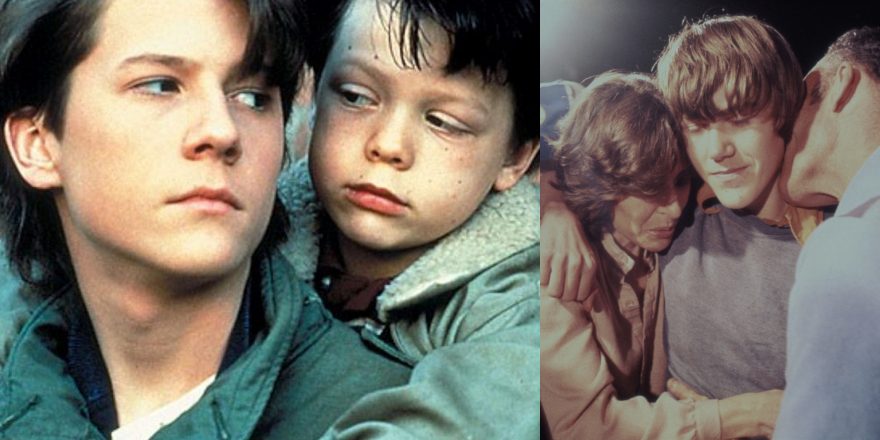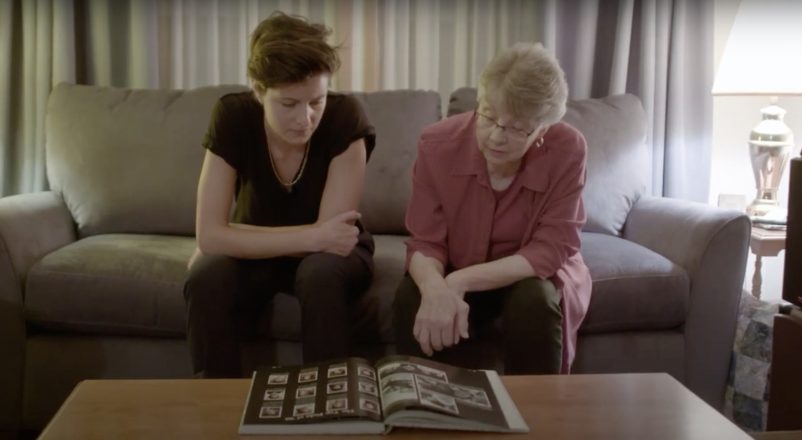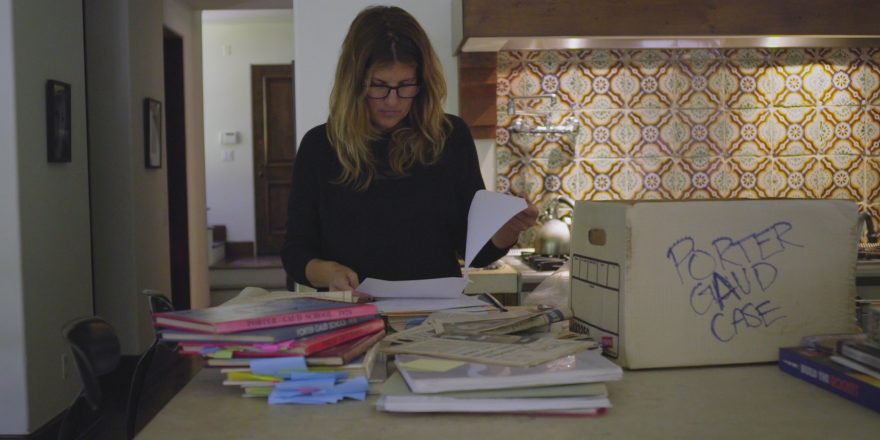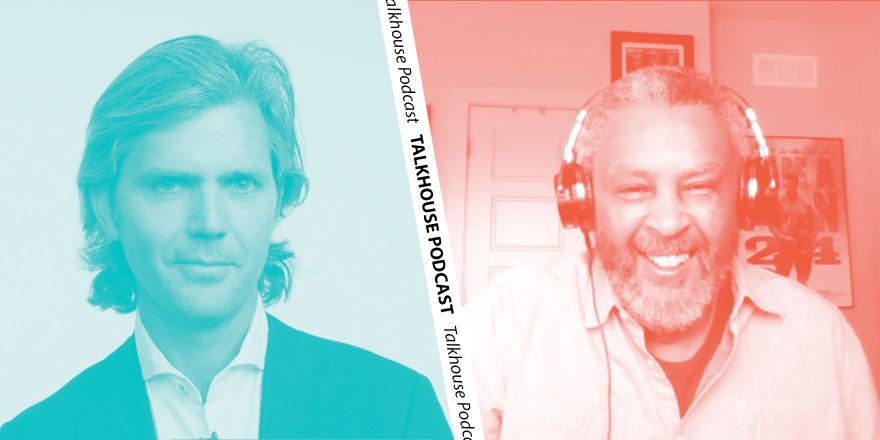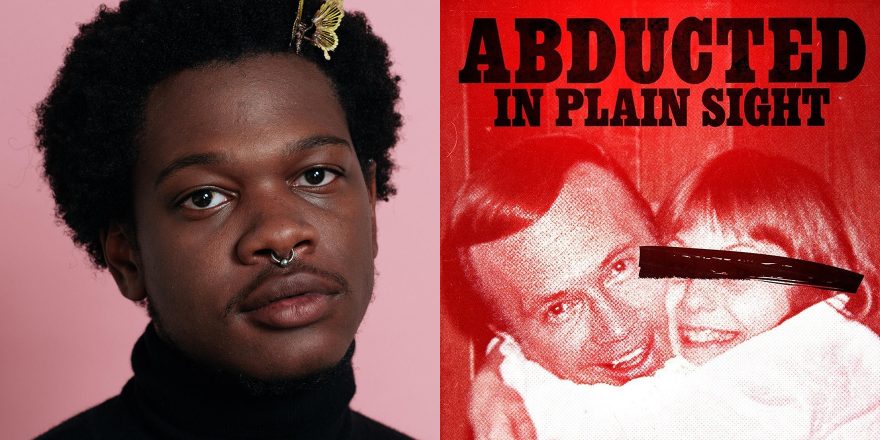In the ’80s, we were raised on true-crime TV. This is something we forget. Back when three networks ruled the world and families still gathered around one TV set, miniseries were stuffed like a Hot Pocket with ingredients to please every demographic. Teen heartthrobs, action sequences, dramatic scenes – wrapped inside a true story ripped from the headlines.
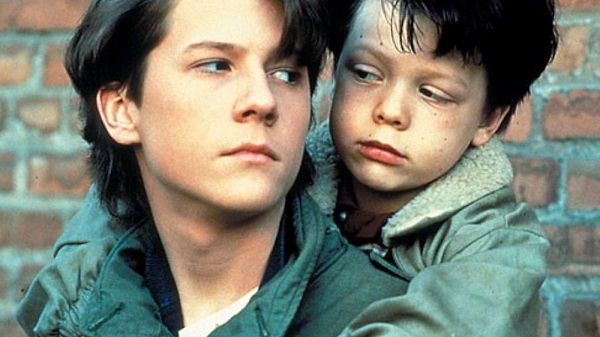
All of this made I Know My First Name is Steven must-see TV when it aired on NBC in 1989. The miniseries followed a boy named Steven Stayner, who was kidnapped and held captive for seven years, and his family’s search for answers.
Like most TV movies of the time, Steven had a whiff of sitcom – not funny, but brightly lit. Scenes with Steven’s family as they searched for their missing son were established with exterior shots of their ranch-style house, the way an episode of Full House or The Golden Girls might return after a commercial break.
There was safety in reenactment. The soft padding of a primetime format, the sheen of a studio budget. The white block letters of “To Be Continued” promising closure next time. You never knew how much of the story was actually true – which had an unintentional effect of being more terrifying. It left room for you to imagine.
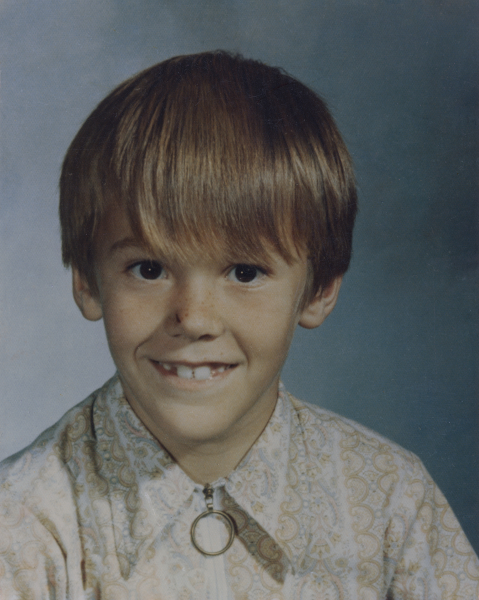
The real Steven Stayner had a cameo in the TV movie of his life. By then, he’d spent eight years telling his story to broadcasters, law enforcement, courtrooms and writers. His accounts of abduction, abuse and survival became instrumental in the search for missing children and campaigns that raised awareness about “Stranger Danger.” When the movie aired, Steven was 24 and had two children of his own, Ashley and Steven Jr.
More than three decades later, we approached Ashley and Steven Jr. about our own TV movie. A documentary.
—-//—-
A documentary, as you know, Andy, can be as phony as a three-dollar bill, even while it is presenting the documents. It’s all in the arrangement.
In arranging our documentary, we were drawn to the idea of using the TV movie as reenactment. We also wanted to know more about how the original movie was constructed.
That’s when we made a remarkable discovery: JP Miller, one of two writers on the TV movie, had donated his script drafts, network correspondences and background research to Rice University. It was all there in boxes in a library in Houston, waiting to be opened.
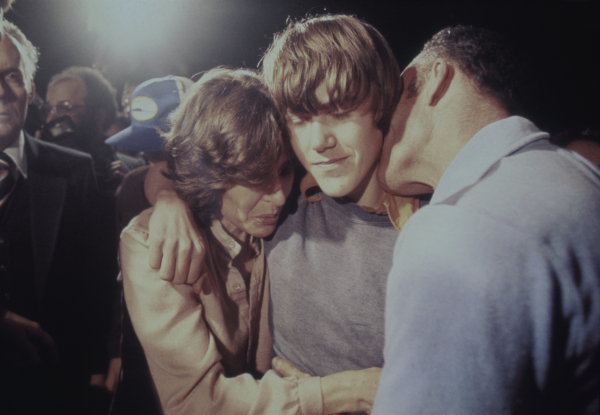
Miller came to prominence as a teleplay writer in the 1960s, but by the mid ’80s he was churning out TV movies based on true stories. He’d already scripted Helter Skelter and The Lindbergh Baby Kidnapping when he was hired to turn Steven’s story into a miniseries.
What made the ’80s docudrama unique was the amount of research and original documentary-like reporting that writers such as Miller conducted with the real subjects before shaving their dimensions for the palate of a primetime audience.
With Steven’s story, Miller spent a week interviewing the entire Stayner family, mining for scenes, emotional texture, psychological motivation, breakfast preferences, meaning. Miller’s job was to turn a family’s deep and staggering trauma into socially impactful entertainment – and it was one he took seriously. Even as he questioned the sometimes murky challenges it presented.
In a note to a producer he wrote:
One final word, Andy. Either something is a documentary or it’s a drama. “Steven’s Story” as written by me is a drama based on a true story. Dramatic truth is not always factual, but if properly and honestly done, it can be truer than any documentary.
Early on in our documentary, we faced our own problems with the truth. Some of our key interview subjects were deceased or behind bars. Thanks to Miller, we had hours of audio tapes and revealing transcripts containing interviews with the real subjects of the TV movie. But much of the audio was too degraded to use or existed only on paper.
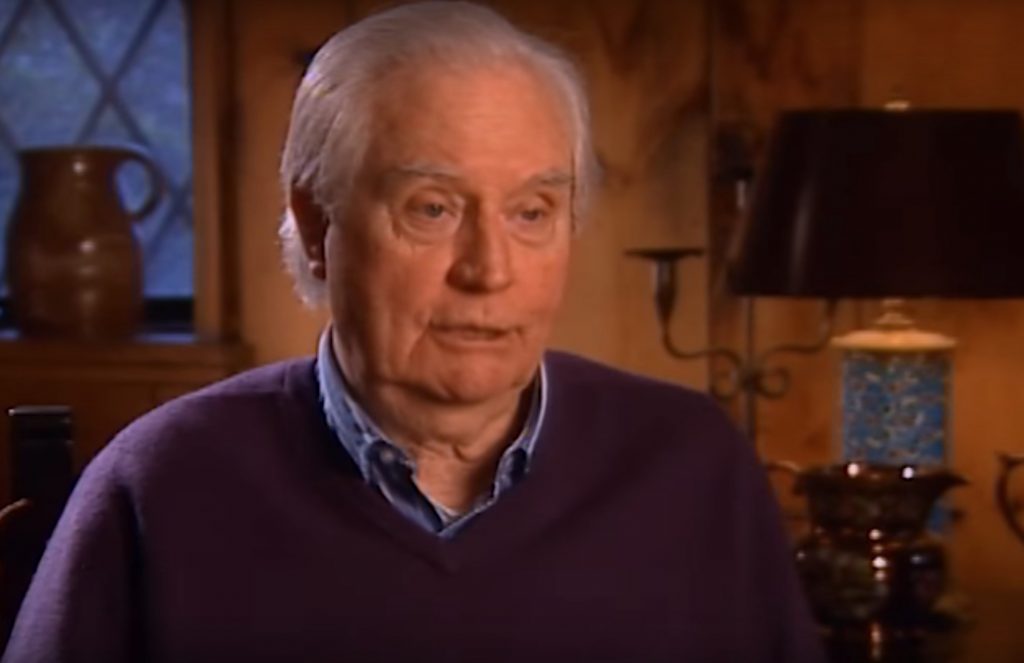
In order to bring these real, unscripted records to life, we’d have to create our own reenactment. So we contacted the original actors from the TV movie.
We didn’t want them to act, but rather to serve as proxies for the very characters they had played three decades ago. If the original movie rewrote the real accounts for dramatic purposes, we wanted to do the opposite. Our goal was to remove the dramatic veil and unwrite the script, to show how stark a story becomes the closer you get to the truth.
—-//—-
When Miller began writing I Know My Name is Steven, he hoped for more than just positive reviews or high ratings. He wanted to expose a broken justice system that failed to protect children from predators. He wanted to inspire change. In a letter to Steven’s mother, Kay, he wrote:
The pain you lived through will be of some help to millions of parents — and could someday save children’s lives. I believe that otherwise I wouldn’t be working on this story.
As the writing process wore on, Miller seemed to lose faith in the TV movie’s potential for change. He griped about having to “soapify” Kay to please the network. The real Kay was stoic and resilient. She kept the family together when it might have fallen apart. But the character of Kay read as cold in his first draft. There were concerns the audience wouldn’t connect with her.
And there were other issues with his script. Too many characters. Some of them unnecessary, others invented – like the newspaper writer on a mission to uncover the truth about Steven’s case.
If some of Miller’s choices were grandiose or speckled with blindspots, others were eerily prescient.

He flagged Steven’s older brother Cary, one of five Stayner siblings, as a key secondary character. Cary’s scenes explored how Steven’s absence fractured the family, and how his return was equally complicated to navigate, despite the news media’s happy ending narrative.
In a note to the network’s legal team, Miller writes:
Cary Stayner is a rather mixed up young man but a very nice one. He is a movie buff and is star struck. I am sure he will sign a release.
Meanwhile, a truth-seeking writer had found his way into our story, too. Though we struggled with exactly where he belonged. The network was right: there were too many characters.
The problem with the truth is how much of it there is – if you try to fit the whole of it in, the framework of a story might burst. And then you have nothing.
Congratulations on the Emmy nom. Without your words we would have nothing.
An NBC executive faxed this note to Miller after the movie was nominated for four Emmy awards, including best writing. Miller saved this note, along with another one, this time on a Post-It, stuck to a news clipping about the real Steven Stayner – dead at 24. An accident while riding a motorcycle he’d bought with his TV movie money. The note read:
JP – Thought you would want to know.
True stories change. People are not characters, and endings – as Miller highlighted in his script – aren’t always happy.
—-//—-
After writing Steven’s story, Miller left the TV business. He had soured on true crime and the networks that produced them. He preferred the autonomy of novels, the freedom of fiction. Meanwhile, the ’90s had seen the rise of cable news networks and a new wave of true-crime coverage. Only now the stories featured real people, real footage and on-camera interviews.
RE: CNN
The story is set to air Sunday.
In 1999, Miller appeared on CNN to discuss Cary Stayner. By then, Cary had confessed to brutally killing four women in Yosemite – Joie Armstrong, Carole Sund, Juli Sund and Silvina Pelosso. Two of his victims were young teenagers.
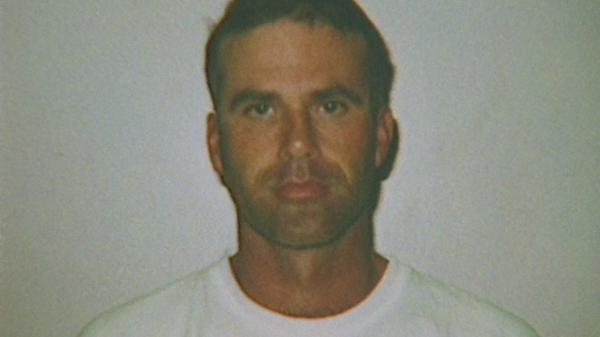
In B-roll for the segment, Miller types away in his home office. Later, he reads from his ’80s-era interview with Cary Stayner, inflecting Cary’s words with his own folksy drawl. If Miller still believed that a true story could save lives, he didn’t say. Or if he did, it was cut from the story.
With renewed interest in the family, I Know My First Name is Steven went into syndication on cable. Steven’s children were barely teenagers when they watched their father’s TV movie for the first time. Then they watched it again. This is how they got to know their father, long after he was gone.
Even two decades later, Ashley says when she thinks of her dad, she pictures the actor who played him on TV.
In a studio in Los Angeles, an actor reads for Steven Stayner. Years ago, he read invented lines written for a character named Steven. Now the actor reads the real words Steven once shared, when he told his true story to a writer. Steven talks about his life with Ken Parnell, the man who kidnapped and abused him for seven years. The ways in which he learned to survive.
Q: Do you think you told him what he wanted to hear?
Steven: Well, I was – I got very good at telling a lie but not really lying. Just sort of bending the truth.
These interviews, transcribed with a typewriter or preserved on cassettes we found in Miller’s boxes, contained hours of conversations with the real Steven. His voice transposed onto fragile plastic strips, warped by dust and time. It always seemed a shame the tapes had survived all these years, only to be drowned by static, too inaudible for a TV audience to understand without some sort of movie magic. A present-day proxy to articulate real Steven’s words. He deserved to be heard, even if someone else was speaking for him. Sometimes, the only way to fit the truth into your story is to bend it just a little.
—-//—-
One final word, Andy … Dramatic truth is not always factual, but if properly and honestly done, it can be truer than any documentary.
In 2001, JP Miller was working on his own true story, a memoir, when he died. He was 81.
You can’t control what happens when your work is done. You hope you told the truth as best you could, and that it does more good than harm. If nothing else, you hope the stories you leave behind survive long enough to find a new audience.
After our interview with Ashley Stayner, we shared with her the original recordings of Steven from Miller’s archive. She listened on headphones as her father spoke.



